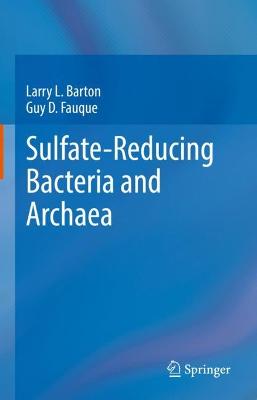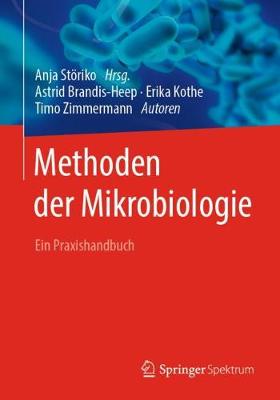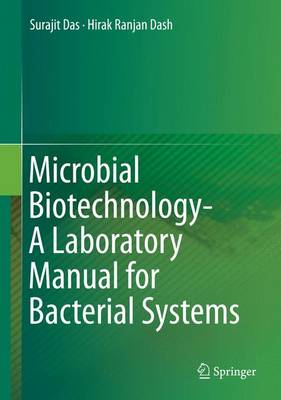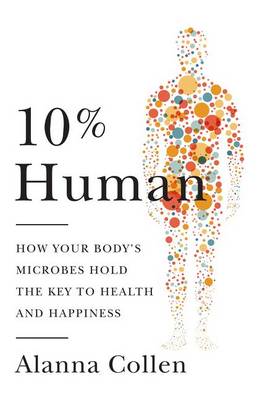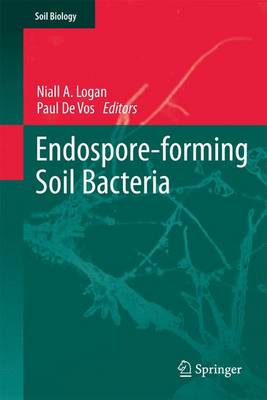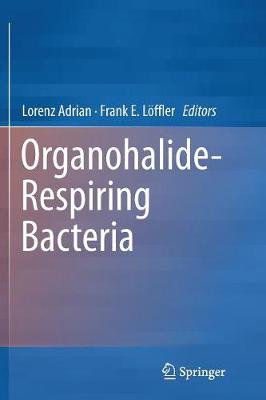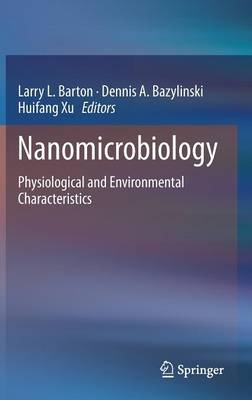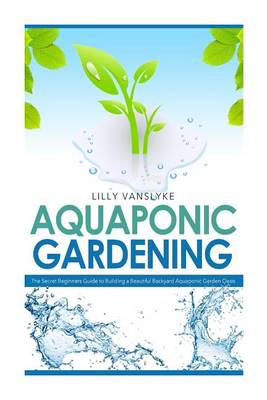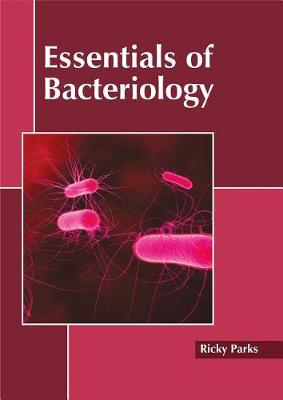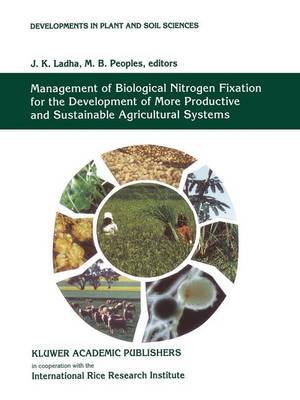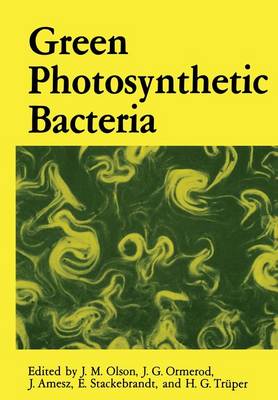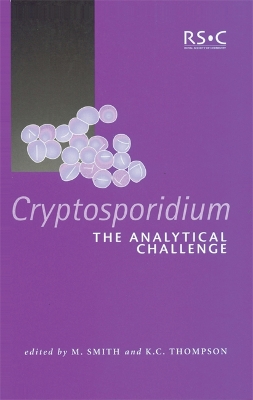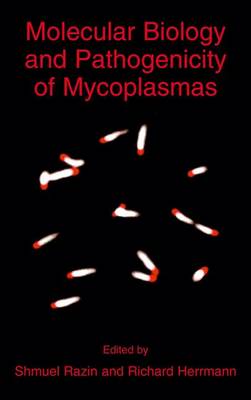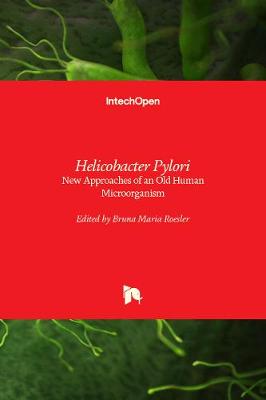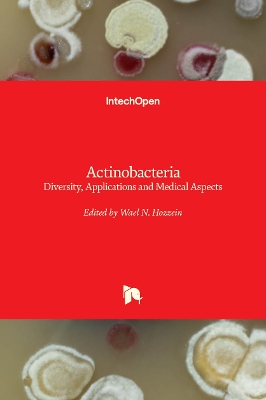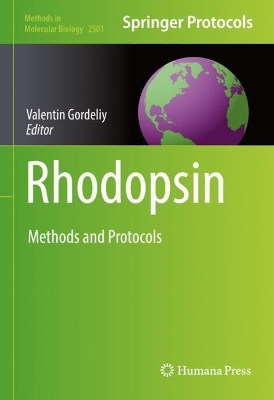The abundance of sulfate-reducing bacteria and archaea (SRBA) is impressive and new isolates are being reported continuously. A few decades ago, only two genera of sulfate-reducing bacteria (SRB) had been identified. As of 2018, 92 genera containing more than 420 species of SRB have been isolated and characterized and there are several species of archaea. This book addresses the development of the research with SRBA and includes historical background of this field. Biochemical characterization...
Plastics from Bacteria (Microbiology Monographs, #14)
Due to the possibility that petroleum supplies will be exhausted in the next decades to come, more and more attention has been paid to the production of bacterial pl- tics including polyhydroxyalkanoates (PHA), polylactic acid (PLA), poly(butylene succinate) (PBS), biopolyethylene (PE), poly(trimethylene terephthalate) (PTT), and poly(p-phenylene) (PPP). These are well-studied polymers containing at least one monomer synthesized via bacterial transformation. Among them, PHA, PLA and PBS are well...
Methoden Der Mikrobiologie
by Astrid Brandis-Heep, Erika Kothe, and Timo Zimmermann
This volume is envisioned as a resource for researchers working with beneficial and harmful groups of bacteria associated with crop plants. The book is divided into two parts, with Part I on beneficial bacteria including chapters on symbiotic nitrogen fixers and rhizosphere bacteria. The second part consists of detailed descriptions of 8 genera of plant pathogenic bacteria, including Agrobacterium and Herbaspirillum. Each chapter covers terminology, molecular phylogeny and more. soft-rot, Pseudo...
Microorganisms play an important role in the maintenance of the ecosystem structure and function. Bacteria constitute the major part of the microorganisms and possess tremendous potential in many important applications from environmental clean up to the drug discovery. Much advancement has been taken place in the field of research on bacterial systems. This book summarizes the experimental setups required for applied microbiological studies. Important background information, representative resul...
`A manual for the new, healthy way of being dirty ... Read it, and you will learn to love your microbiota' Newsweek Obesity, autism, mental health problems, IBS, allergies, auto-immunity, cancer. Does the answer to the modern epidemic of `Western' diseases lie in our gut? You are 10% human. For every one of your cells, there are nine impostors hitching a ride. You are not just flesh and bone, but also bacteria and fungi. And you are more `them' than you are `you'. Y...
Endospore-forming Soil Bacteria (Soil Biology, #27)
Aerobic endospore-forming bacteria are found in soils of all kinds, ranging from acid to alkaline, hot to cold, and fertile to desert. It is well known that endospores confer special properties upon their owners and play dominant parts in their life cycles and dispersal, and much has been written about the spores, genetics, and economic importance of these organisms. Much has also been written about soil ecology, but there is a relative dearth of literature that brings together different aspects...
Organohalide-Respiring Bacteria
This book summarizes the current state of knowledge concerning bacteria that use halogenated organic compounds as respiratory electron acceptors. The discovery of organohalide-respiring bacteria has expanded the range of electron acceptors used for energy conservation, and serves as a prime example of how scientific discoveries are enabling innovative engineering solutions that have transformed remediation practice. Individual chapters provide in-depth background information on the discovery, is...
With quirky charm, rising science star Giulia Enders explains the gut's magic, answering questions like: Why does acid reflux happen? What's really up with gluten and lactose intolerance? How does the gut affect obesity and mood? Enders's beguiling manifesto will make you finally listen to those butterflies in your stomach: they're trying to tell you something important.
Nanomicrobiology
This book is devoted to nanomicrobiology and the nanosystems of bacteria. The initial chapter discusses some of the controversies in the geochemical and biomedical fields associated with the reports of nanobacteria in the environment. Current knowledge of several internal and surface structures of bacteria is addressed in this book. Included are chapters discussing carboxysomes, S-layers, gliding motility of bacteria, and aggregation of iron to produce nano-magnetite. Information about the acti...
Aquaponic Gardening (Aquaponic Gardening for Beginners - How to Set Up and Run Your Aquaponic Garden)
by Lilly Vanslyke
Table 1. Global allocation of arable land between different com modities Globally, cereal cropping dominates cultivated land Commodities' Proportion of land area use (around 50% of total area, Table I). The remain (%) ing arable land is used for production of oilseed, fibre, or food and cash crops. In addition, vast areas are Cereals maintained under temporary or permanent pasture for Wheat 16 forage production (2-3 fold greater than the total area Rice 10 under cultivation and permanent crop;...
J. M. Olson Institute of Biochemistry Odense University OK-5230 Odense M, Denmark Green photosynthetic bacteria have traditionally included only green sulfur bacteria (Chlorobiaceae) and green filamentous bacteria (Chloro- flexaceae) , but in this volume are included also the recently-discovered heliobacteria (Gram-positive line), whose reaction centers are strikingly similar to those of the green sulfur bacteria. Two important papers on reaction centers (not included in this volume) have been p...
Cryptosporidium (Special Publications)
Cryptosporidium, in its various forms, is a widely recognised cause of outbreaks of waterborne disease. Regulatory bodies worldwide are increasingly requiring the development of "fit-for-purpose" detection methods for this protozoan parasite, but analysis is often problematic. Bringing together international academic and industry-based experts, this book provides a comprehensive review of the current state of analytical techniques for the detection of Cryptosporidium, as well as looking at likel...
Molecular Biology and Pathogenicity of Mycoplasmas
was the result of the efforts of Robert Cleverdon. The rapidly developing discipline of molecular biology and the rapidly expanding knowledge of the PPLO were brought together at this meeting. In addition to the PPLO specialists, the conference invited Julius Marmur to compare PPLO DNA to DNA of other organisms; David Garfinkel, who was one of the first to develop computer models of metabolism; Cyrus Levinthal to talk about coding; and Henry Quastler to discuss information theory constraints on...
Helicobacter Pylori
Actinobacteria
Rhodopsin (Methods in Molecular Biology, #2501)
This volume provides readers with the latest information on the advances made in the field of rhodopsins. The chapters in this book cover topics such as new discoveries and developments; new ways to search for rhodopsins; methods to characterize the function and structure of rhodopsins on a molecular level; nano volume high throughput in meso crystallization, and fourth generation x-ray synchrotron sources. Written in the highly successful Methods in Molecular Biology series format, chapters inc...
